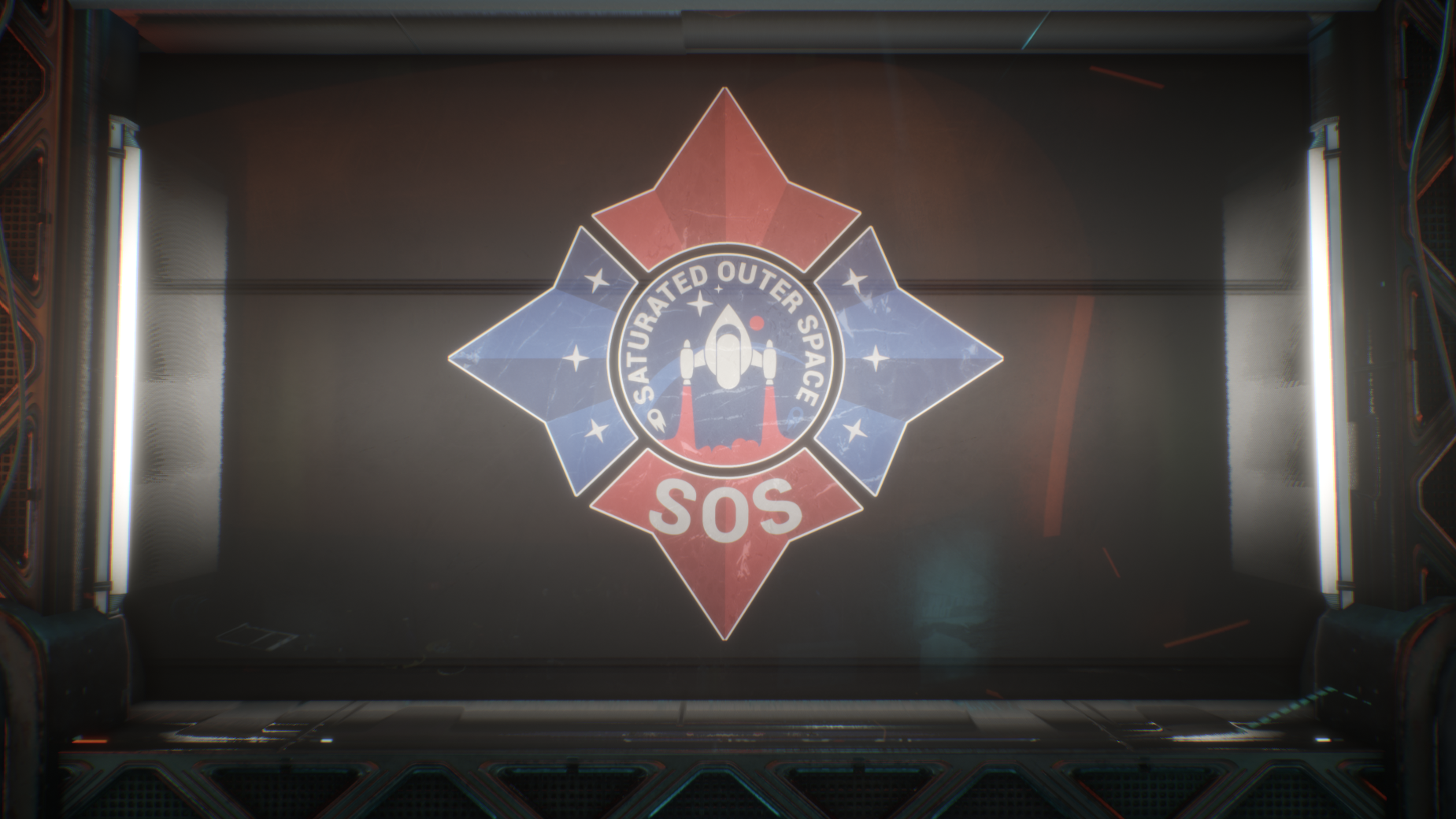Path Of The Indie — Our First Game Conference

We continue the series of articles conducted on behalf of Head of the Game Project Saturated Outer Space
Greetings!
For newcomers here is the first post where you can find who I am and why these articles might interest you.
Disclaimer: I’m not going to tell you how to make video games but how I did experiments, what I learned from them, and my future approaches to management of an indie team while following the path.
Luck smiles at those who are ready for it.
There is only one way to eat an elephant: a bite at a time. After announcing the game on Steam our next bite was participation in DevGamm 2019 in Moscow. We had been fueled with energy and inspiration .
On the one hand, the registration process is very easy as you can find hundreds of preparation guides for such events including tips like to pick up deodorant and peppermint candies with you. On the other hand, it is much more complicated from the point of the developer’s view. Though we had some real work to be done.
We began to prepare in advance for 2 months before the event. Our development plan consisted of several tasks:
- Fix the most critical bugs
- Choose a demo-level (5 of them were up and ready to go)
- Fill that level with as many interesting gameplay mechanics as possible
- Record the main music theme and general sound effects
We also discussed between us to determine:
- Who will be the speaker of our team;
- Who will be responsible for the stuff like business cards, booth and communication;
- The schedule to be around the stand. It was synchronized with our personal meetings.
Guess what we missed? The presentation! Everything was thought out besides this important thing. We had absolutely no idea how to pitch our game to visitors.
The Failure
Two weeks before the event they published the list of projects at the showcase but we were not in it. Our prototype was way too raw and didn’t make it through. All our efforts proved to be in vain. Although we could still go further and spread the word about the game. The only thing was to figure out how to. We made a gameplay video, downloaded it on our phones and prepared a pitch based on the project’s comparison to similar popular games. To that moment we had yet a simple analysis of Target Audience at our disposal that can not be said about the pitch which lacked USP description as it had only the prototype and not the concept.
In general, we were ready to rush into the conference without any official presence in order to gather at least some feedback.
The Miracle
One of the facilitators contacted me the day before the event and asked if we still wanted to present our game. One of the projects happened to withdraw so there was a vacant slot. At the same time we had nothing ready — no laptop to display the game, no presentation, only a bugged build! We couldn’t let us miss this opportunity to test our prototype and ourselves. This news made our team experience joy and terror both transformed into furious action to have everything done during only one day.
What we learned due to that conference:
- Preparation for the first conference is invaluable to practice your organization skills. It clears your head and makes the game’s concept more pronounced.
- You get to know your team. Someone is reliable no matter what while another one is not ready to suffer for the sake of the project.
- You have to show your build to the audience to gather reviews and collect useful data. The best way is to watch them playing your build.
- You can make acquaintances with industry experts and local celebrities and ask for their thoughts and advice. Thus, our booth was visited by tinyBuild producers and renowned GameDev gurus from Russia like Sergey Gimelreykh and Michael Kuzmin. Their insight was much appreciated.
- Don’t miss a chance to dive into the game dev world and meet other indie enthusiasts with shining eyes, eager to create their own chef d’oeuvres. In addition, you will become aware of the full potential of your project.
This part covers the time from March to May 2019.
The moral of the story: show your build to the gaming community as early as possible. We received a ton of comments and, what’s more importantly, understood the flaws of our prototype. The feedback we gathered helped us to see the full picture with less emotional bias.
Of course, others might play your game with preconception and be emotional in their judgments but pay more attention to their playing behavior rather than words
Saturated Outer Space
Lead a squad and set a course towards distress calls. Extinguish fires, remove obstacles, eliminate enemies!
| Status | In development |
| Author | Rummy_Games |
| Genre | Strategy |
| Tags | Aliens, Difficult, Isometric, Sci-fi, Singleplayer, Space, Tactical, Turn-based, Turn-Based Combat, Turn-based Strategy |
| Languages | English, Russian |
More posts
- Path Of The Indie - Team BuildingDec 28, 2020
- Path Of The Indie - Processes and PipelinesDec 28, 2020
- Path Of The Indie - Funding Our GameDec 28, 2020
- Path Of The Indie - How We Let People GoDec 03, 2020
- Path Of The Indie - Work During PandemicDec 03, 2020
- Screenshot Saturday 14/11/2020Nov 14, 2020
- Path Of The Indie — Rebuilding The PrototypeNov 13, 2020
- Path Of The Indie — New AcquaintancesNov 12, 2020
- Screenshot Saturday 07/11/2020Nov 07, 2020
Leave a comment
Log in with itch.io to leave a comment.